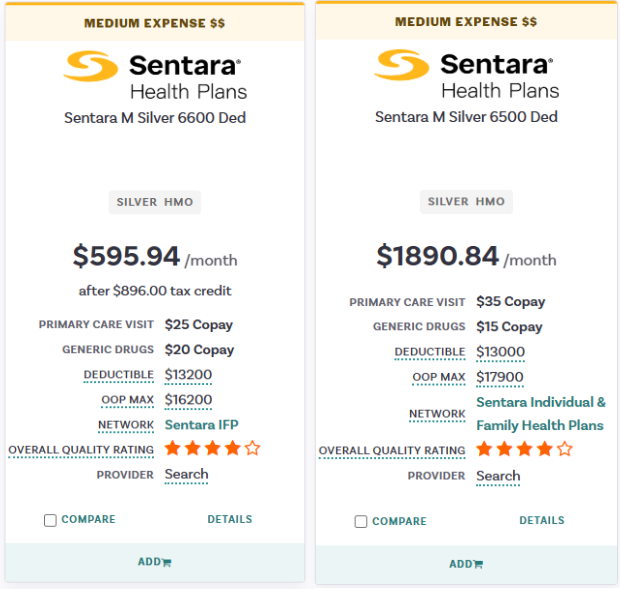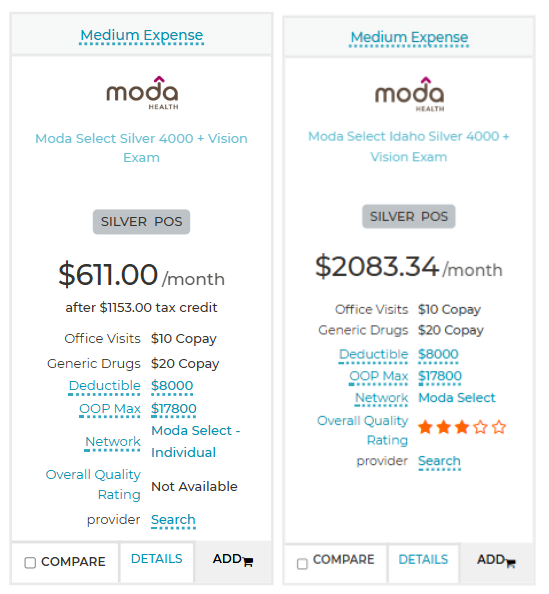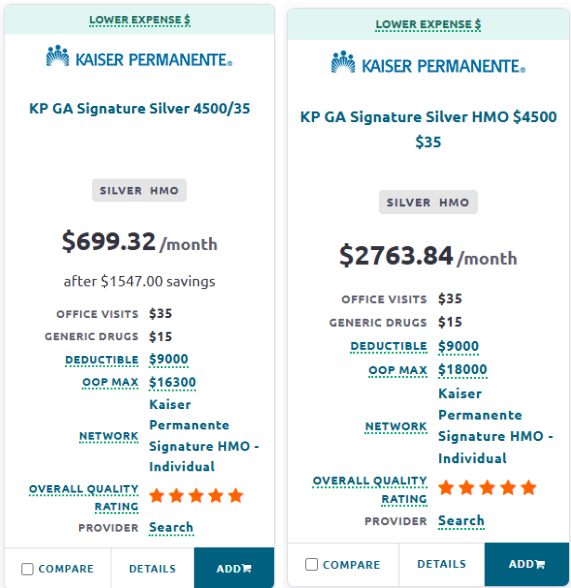Across Virginia, Idaho, and Georgia, Premium Increases Shock Families
Washington, D.C. – This week, hard-working Virginians, Idahoans, and Georgians are experiencing the Republican health care betrayal firsthand as they preview health insurance premiums for 2026 through their states’ online window shopping tools. They, along with over 20 million people across the country, face massive health insurance premium increases for next year because Donald Trump and congressional Republicans cut health care to fund tax breaks for billionaires and shut down the government to rip away tax credits for working people.
“These numbers don’t lie, but the GOP does,” said Protect Our Care Chair Leslie Dach. “Donald Trump and congressional Republicans can finger-point all they want, but they’re the ones jamming millions of hard-working Americans with the largest premium increases in history while giving colossal tax breaks to billionaires. If the GOP doesn’t grow a spine and fix the health care crisis they created, the impact will be measured not only in crushing financial pain for American families, but in the loss of lifesaving health care for our friends and loved ones.”
Background
Voters don’t have to guess how much the GOP’s health care chaos is costing them. On October 1, health insurance marketplaces in Virginia, Idaho, and Georgia launched online window shopping tools where hard-working families can compare their monthly premiums for next year with and without the health care tax credits Republicans are determined to end.
Premiums for a 60 year-old couple making $85,000 in Virginia Beach, Virginia, will cost $1,295 more per month in 2026, more than triple their premium for a very similar plan this year.

Premiums for a 60 year-old couple making $85,000 in Boise, Idaho, will cost $1,472 more per month in 2026, more than triple their premium for a very similar plan this year.

Premiums for a 60 year-old couple making $85,000 in Fulton County, Georgia, will cost $2,064 more per month in 2026, nearly four times higher than premiums for a very similar plan this year.


